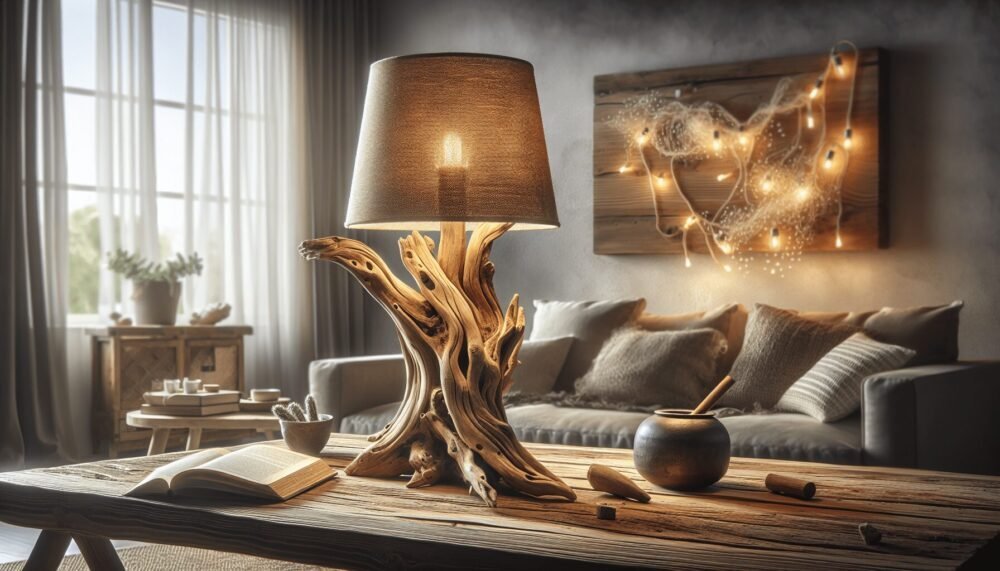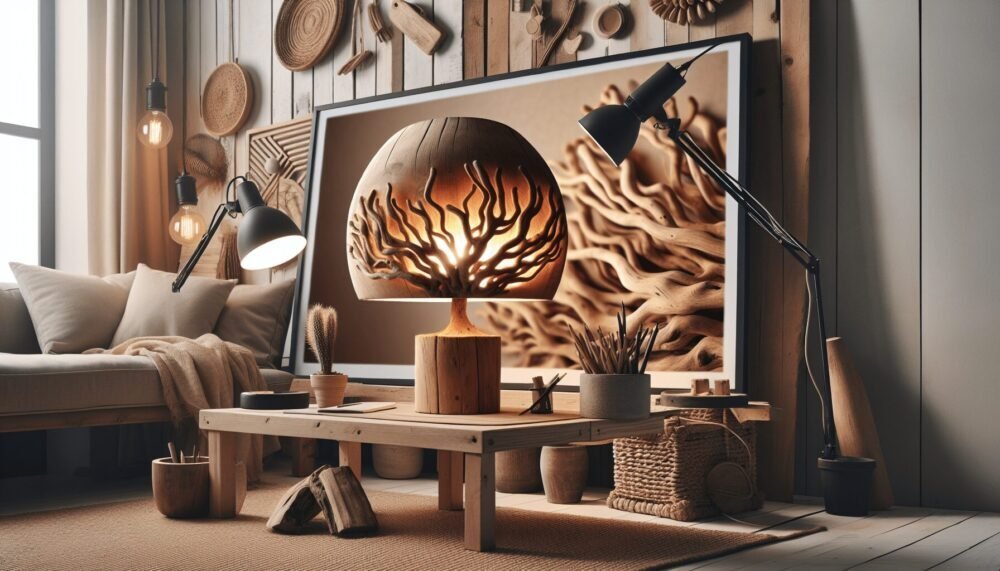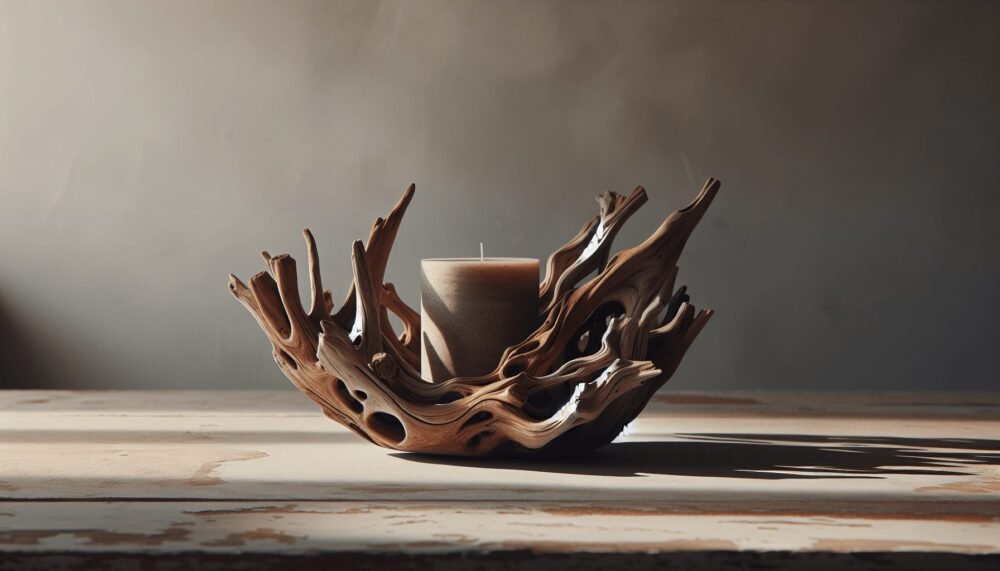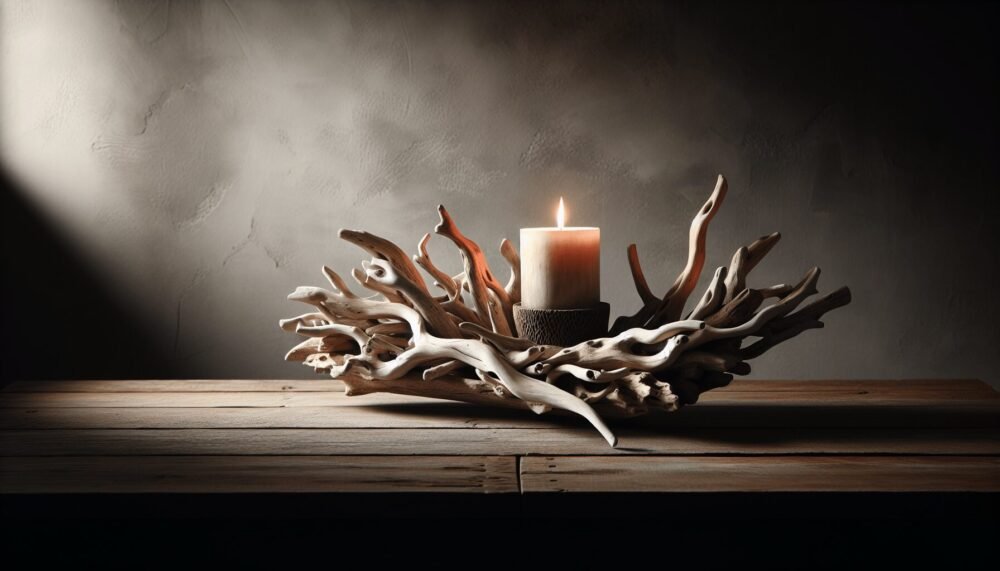Ever wondered how to create captivating Pinterest images that not only draw attention but also stand out with a touch of sophistication? If you’re seeking to design photo-realistic images that highlight the beauty of gold driftwood, you’re in the right place. Let’s explore how you can craft these stunning visuals, ensuring they fit perfectly within Pinterest’s recommended dimensions of 1000×1500 pixels.
![]()
Understanding the Essentials
When it comes to creating photo-realistic images, especially for platforms like Pinterest, the first thing you need to understand are the basic principles and technical specifications.
Why Photo Realism?
Photo-realistic images are those that closely mimic real-life photography, even if they are computer-generated. These types of images are highly engaging because they blend the line between reality and art. Using photo-realism for your Pinterest images helps in capturing the viewer’s attention, making your pins more shareable and memorable.
Importance of Pinterest Image Size
The platform’s preferred image size is 1000×1500 pixels. This vertical format is optimal for user engagement, as it stands out in the Pinterest feed. By adhering to this size, you not only improve the visual appeal but also ensure your images are algorithm-friendly.
Here is a basic comparison table for understanding why the size matters:
| Aspect | 1000×1500 Pixels | Other Sizes |
|---|---|---|
| Visibility | High | Medium to Low |
| Engagement | Maximum | Decreased |
| Algorithm Favored | Yes | No |
| Captures Attention | Optimal | Sub-optimal |
Getting Started with Gold Driftwood
Gold driftwood combines the natural texture of driftwood with the luxurious finish of gold. This unique aesthetic is perfect for both DIY enthusiasts and sellers wanting to showcase their products on social media.
Sourcing Your Materials
To begin with, you’ll need to source the driftwood and gold finishing materials. Driftwood can be found along beaches, riverbanks, or purchased online. For the gold finish, you can either use gold leaf, gold paint, or even gold spray paint.
Preparing the Driftwood
- Cleaning: Ensure your driftwood is free from salt, sand, and grime. Soak it in water and scrub it gently with a brush.
- Drying: Let it dry completely in the sun. This might take a few days but ensures the wood is moisture-free.
Here’s a simple cleaning and drying timeline for reference:
| Step | Time Required |
|---|---|
| Cleaning | 1-2 hours |
| Drying | 2-3 days (depending on weather conditions) |
![]()
Creating the Gold Finish
Choosing the Right Finish
Depending on the look you are aiming for and how the driftwood will be used, you’ll need to choose between:
- Gold Leaf: For a bright, reflective finish.
- Gold Paint: For an even, controlled application.
- Gold Spray Paint: For quick, consistent coverage.
Application Techniques
Gold Leaf
- Apply a layer of adhesive (also known as sizing) to the driftwood.
- Wait until it becomes tacky (about 10-15 minutes).
- Carefully apply the gold leaf, pressing down gently and smoothing out any wrinkles.
- Once fully covered, seal with a clear protective spray to prevent tarnishing.
Gold Paint
- Using a fine brush, apply the gold paint to the driftwood.
- Allow each layer to dry fully before applying the next.
- Multiple thin layers will give a richer finish compared to one thick layer.
Gold Spray Paint
- Place the driftwood on a covered surface in a well-ventilated area.
- Shake the spray can well and apply the paint in even, sweeping motions.
- Wait for the first coat to dry, then apply a second coat if necessary.
Capturing the Perfect Photo
Creating gold driftwood is just one part of the process; capturing it in a way that mesmerizes your Pinterest audience is another.
Basic Photography Tips
- Lighting: Natural light works best. Set up near a window or in a shaded outdoor area to avoid harsh shadows.
- Background: Choose a neutral background that doesn’t distract from the driftwood. White, black, or light gray typically works well.
- Angles: Experiment with different angles to find the most flattering view of your piece. Close-ups can highlight the texture, while wider shots can show the overall form.
Using a DSLR vs. Smartphone
While a DSLR camera can provide higher quality images, modern smartphones also offer excellent photographic capabilities. Whichever you use, ensure it is set to the highest resolution.
DSLR Settings
| Setting | Recommended Value |
|---|---|
| Aperture | f/5.6 to f/11 |
| Shutter Speed | 1/60 to 1/200 |
| ISO | 100 to 400 |
| White Balance | Auto or Sunlight |
Smartphone Tips
- Use the gridlines to align your shot.
- Tap on the driftwood to ensure it’s the focal point.
- Try using portrait mode for depth of field effects.
Editing Your Photos
After capturing your images, light post-production work can enhance them further.
Basic Edits
- Brightness/Contrast: Adjust to make the gold pop.
- Saturation: Enhances the color but be wary of overdoing it.
- Sharpening: Makes the textures stand out.
There are many user-friendly apps and software to choose from:
| Platform | Recommended Tools |
|---|---|
| iPhone/Android | Snapseed, VSCO, Adobe Lightroom |
| Desktop (Windows/Mac) | Adobe Photoshop, GIMP |
Optimizing for Pinterest
Aspect Ratio and Dimensions
Pinterest’s recommended aspect ratio is 2:3, which translates to 1000×1500 pixels. This ensures your image looks optimal both on desktop and mobile screens.
File Format and Size
Save your images in JPEG or PNG format. For better quality without excessively large file sizes, aim for a balance between quality and compression. A file size under 1MB is usually sufficient for swift loading without compromising on quality.
Adding Text Overlays
Text overlays can make your pins more informative and engaging. Use legible fonts and contrasting colors to ensure the text stands out against the background.
Yours Canva, Adobe Spark, or online free tools for this purpose.
Pinterest SEO
Ensure your images are discoverable by utilizing Pinterest SEO tactics. Include relevant keywords in your image title, description, and even in the file name.
For example:
| Element | Example |
|---|---|
| Image Title | Gold Driftwood Decor Idea |
| Image Description | Discover how to create stunning gold driftwood pieces for home decor. Perfect for adding a touch of sophistication. Learn more! |
| File Name | gold-driftwood-decor.jpg |
Final Thoughts
Crafting gold driftwood and photographing it for Pinterest involves both creativity and a bit of technical know-how. By focusing on preparing your materials, perfecting your gold finish, capturing high-quality images, and optimizing them for Pinterest, you can create truly engaging content. When done right, each pin has the potential to attract significant attention and drive traffic to your profile or website.
So, are you ready to create that head-turning gold driftwood Pinterest image? By following these steps, you’ll be well on your way to making your pins shine bright in the Pinterest universe.

















